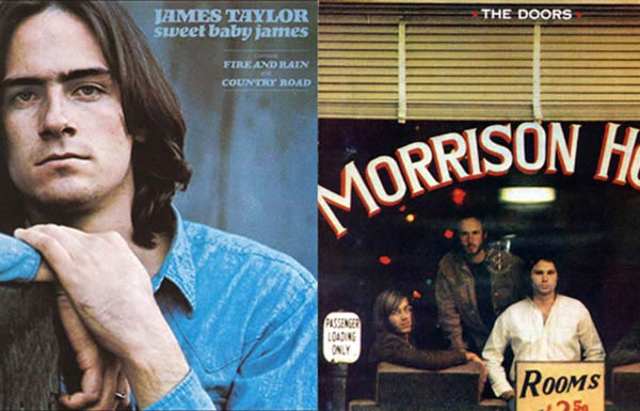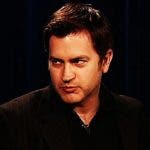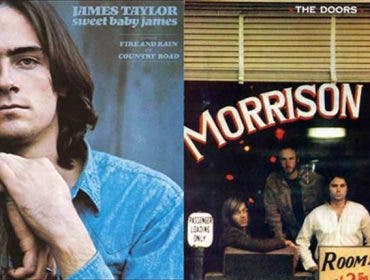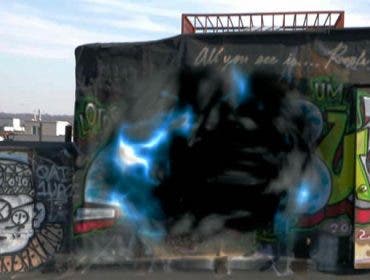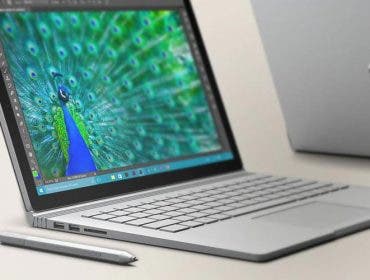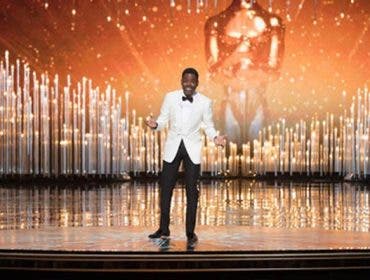The history of rock n’ roll has been chronicled by photographers since the middle of the 20th century. And now SXSW is currently in full swing, Adorama felt inspired to come up with a list of some of the ten most influential rock photographers of all time. Here they are in no particular order:
1. Henry Diltz

Henry Diltz was a backup musician for bands as diverse as The Monkees and Neil Young. As an amateur photographer, Diltz was also active in documenting the music scene of the 1960s through early 70s, particularly those who resided in the neighborhood of Laurel Canyon in Hollywood. This lead to an almost accidental career as his camera skills would prove to be in high demand. Probably his most famous image is featured on the cover of The Doors’ album “The Morrison Hotel.” An image so iconic in fact, the album now shares its name with a SoHo gallery co-founded by Diltz in New York City. You can see some of his work there, along with other music-related photography.
2. Jerry Schatzberg

While Schatzberg’s one claim to fame is having directed the film acting debut of a promising ingénue named Al Pacino (in 1971’s “Panic in Needle Park”), he also enters the pantheon of “great rock photographers” for his image featured on the Bob Dylan album “Blonde on Blonde.” Although primarily a celebrity portrait photographer (and now more of a filmmaker than a photographer), Schatzberg has captured quirky yet compelling visuals featuring The Rolling Stones, The Beatles, and Frank Zappa to name but a few. Currently, he is working on developing a sequel to his cult drama “Scarecrow” which starred… drumroll please… Al Pacino.
3. Brad Elterman

The photographer with Joan Jett. Photo credit: Brad Elterman. Courtesy of Bywater Bros. Editions
Having a front row seat to the Hollywood punk scene of the 70s and 80s, Brad Elterman provided some of the most candid photographs featuring the likes of Blondie, The Ramones, The Runaways and even the not-so-punk Abba and Kenny Rodgers. His work has been published in many fashion and pop culture trades such as Rolling Stone, Creem, Interview and Circus Magazine. Most importantly, Brad was friends and even lived with some of the subjects appearing in his pictures. This gave him unprecedented access and positioned Elterman as a primary chronicler of late 20th century music. Currently, Brad writes a monthly column for Vice.com. In a video produced by Milk (which can be viewed here on Vimeo), Elterman mentions how he “wanted to be a rock photographer in the worst possible way.” Then reminisces, “I didn’t realize back then that I was walking into some really cool situations where I would be hanging with Johnny Ramone or Joey Ramone or Dee Dee and so on. I remember that Joey would be like ‘oh Brad’s got a camera, how cool is that?’” His book “No Dogs on Beach” is available through Bywater Bros. Editions
4. Mick Rock

Rock’s images have dazzled music fans since the early 1970s while adding iconic images of David Bowie, Lou Reed, Iggy Pop and The Stooges to his vast portfolio. If the name doesn’t mean anything to you, his famous cover albums certainly will: “Queen II” (aka the “Bohemian Rhapsody” photo), The Stooges’ “Raw Power” and not least of all acting as principal photographer for “The Rocky Horror Picture Show.” Rock’s career is one most music photographers aspire to have. And his influence is so great, he even managed to have notoriously reclusive, former Pink Floyd member Syd Barrett autograph a limited number of Rock’s book “Psychedelic Renegades.”
5. Jenny Lens

Jenny Lens was not just one of the few photographers chronicling the early punk scene in both North America and London, she was also one of the few women working in a very male-dominated field. Her life is pretty fascinating and made up of the three acts usually associated with characters in movies and novels: 1) after being a much sought after photographer, Lens left the scene 2) she goes back to school, gets married and becomes a computer teacher for almost twenty years 3) after divorcing her husband, Lens returns to her love of photography and resumes that part of her career. While some of her contemporaries on this list have had the opportunity to take some very candid shots of their subjects, Jenny Lens (formerly Jenny Stern), was just as “punk” and “rock n’ roll” as her own. She photographed the first published image of the Germs, was responsible for a notorious image revealing a particular body part of Debbie Harry (which got her banned from shooting Blondie ever again), and a nude shot of Captain Sensible was turned into a button thus becoming popular among the fans of his band the Damned. Lens was also a frequent contributor to the now legendary fanzine Slash. Unfortunately, Lens has only published one book of her work, 2008’s “Punk Pioneers: When Punk was Fun.”
6. Bob Gruen

Photo courtesy of Bob Gruen
Gruen could more or less be viewed as the “East Coast Brad Elterman” as his work has focused on the New York City rock scene going way back to the early 1970s. He became the personal photographer of John Lennon and Yoko Ono, a relationship that resulted in some of the most famous shots featuring that couple. He toured exclusively with many bands and acts including The Sex Pistols, The New York Dolls, The Clash, The Ramones and the Patti Smith Group. And is still going strong to this day. He was also the subject of the 2011 documentary “Rock n’ Roll Exposed – the Photography of Bob Gruen.”
7. Pennie Smith

Another female working in a male-dominated field, Smith’s first professional photo gig involved covering a Led Zeppelin tour. Known for her black n’ white imagery, Pennie Smith continued on as a staff photographer for NME during the 1980s and has immortalized such artists as the Who, the Rolling Stones, the Jam, Siouxsie Sioux, U2, Radiohead and the Clash. Speaking of which, that iconic image of Paul Simonson smashing his guitar on the cover of “London’s Calling?” That was taken by Smith.
8. Charles Peterson

Peterson’s influence on rock photography rests in his coverage of the Pacific Northwest music scene – primarily Seattle’s – during the late 1980s through early 90s. Peterson was also sort of the official photographer for Sub Pop, the record label that ushered in grunge acts Nirvana, Mudhoney and Soundgarden. Apparently, Peterson’s images have appeared on more than 100 album and CD covers. Although it seems to be incomplete, you can check out his portfolio on his website.
9. Anton Corbijn

Out of all the artists mentioned on this list, Dutch photographer Anton Corbijn might claim to have the most artistically fulfilling life of them all. For Corbijn is a critically acclaimed photographer, music video and feature film director. Known for his conceptual takes on portrait photography; Corbijn has overseen the promotional and album cover art for both U2 and Depeche Mode for almost three decades. His list of subjects seems to go on and on but Corbijn might be most remembered for the images used on U2’s “The Joshua Tree.”
10. Danny Clinch

According to the bio on his website, Danny Clinch “loves music. He listens to it, plays it, photographs it, and films it.” If anything that best sums Clinch’s approach to music photography in general – he just won’t stick to one genre. Clinch has captured acts as diverse as Johnny Cash, Tupac Shakur, Bjork and Bruce Springsteen. Beginning his career as an intern for Annie Lebovitz, Clinch has moved on as a contributor to Vanity Fair, Spin, New York Times and Rolling Stone. He has also directed music videos and concert films.
